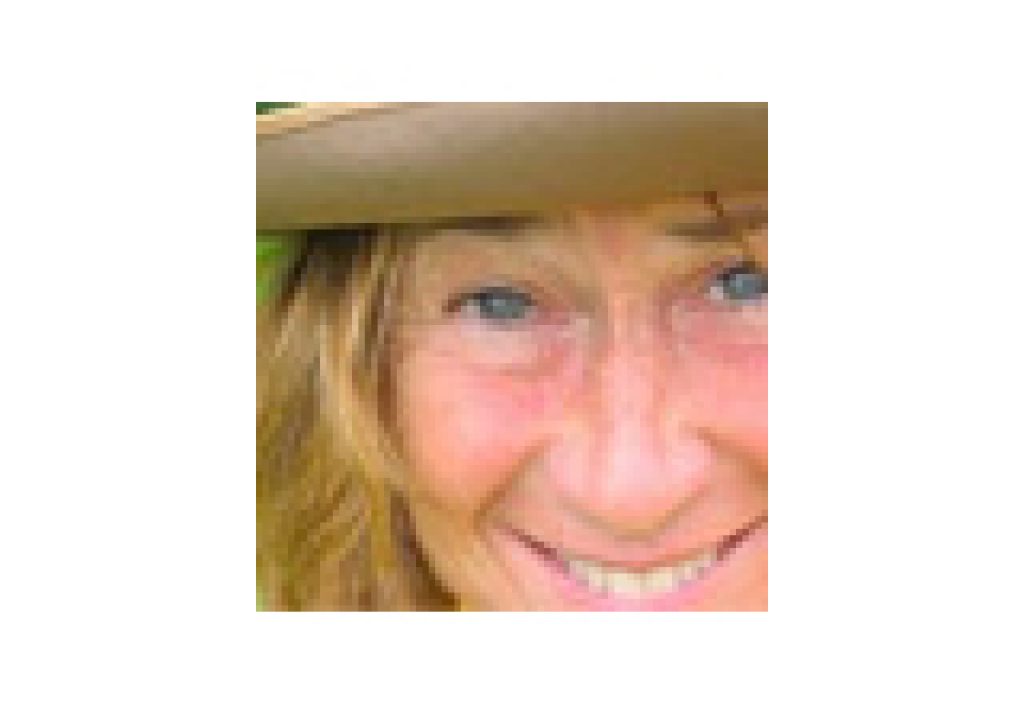Sandi Sissel, ASC, stepped on stage at Createasphere’s Entertainment Technology Expo in New York this past September with her colleagues from the American Society of Cinematographers, including Richard Crudo, ASC and Bob Primes, ASC, to engage in an honest and thoughtful conversation about the role of the cinematographer. Moderated by American Cinematographer’s Iain Stasukevich, the trio engaged in a candid and high-spirited look at the state of art and technology today, and what the future may hold.
Sandi brought a unique set of experiences to this talk. She began her career as a cinematographer at NBC and ABC where she received two Emmy Awards on Her Majesty’s Britannia and coverage of the war in Vietnam. During the ’70s and ‘80s, she shot countless segments for ABC’s 20/20, Saturday Night Live and 60 Minutes. Sandi served as director of photography on the Oscar-nominated and Camera D’Or winning motion picture Salaam Bombay. Her resume includes many motion pictures as DP and second unit DP, award-winning documentaries, television programs and miniseries over the course of a distinguished career. In 1994 Sandi received the Kodak Vision Award for Women In Film and has appeared in the films Visions of Light, Shooting Women and Women Behind the Lens. Sandi presently serves as Head of Cinematography in the graduate film program at New York University.
Createasphere: You’ve been teaching for a few years now in addition to your work as a cinematographer. Have you seen a difference in the interests and approach of the students in your graduate program at NYU in the past five years?
Sandi: Clearly changes in technology over the last few years affect NYU graduate film students just as they do the industry. One of the biggest changes I have observed is the fine line between on-set production and post-production. DPs more and more need to follow their images all the way from shooting, dailies, editing and post color correction. There are so many options for look, framing and color manipulation that are now part of what’s done in post. This is especially true with new digital cameras that record images in a raw format where all the looks are done in post.
And, of course the ability to make films with DSLR cameras has allowed films to be made with much smaller budgets. However film students always want to use the latest technologies, and most of the camera rental facilities and post houses in New York City support them with huge discounts or complete donations that enable them to try new things.
Createasphere: Do your students get the chance to shoot film?
Sandi: Even though cameras such as the ALEXA, RED and Sony F3 allow for amazing image capture, we still teach film. Our students love shooting film because everything old is still new to them. ARRI CSC and Panavision are very supportive of our students along with Kodak and Fuji. All first semester grad students shoot black-and-white 16mm films. In the second year, half of our students chose to do their films with 16mm this year. And my commercial director/DPs in the third year relish shooting their commercials on 35mm. That said, the work in post with digital color corrected dailies and DIs have changed so much about shooting on film.
Createasphere: What are the three things that make you decide to take on a project?
Sandi: There are so many variables when choosing a project. Clearly the most important is a good script, good director and to a certain extent the budget. Working with talented actors is also extremely important.
Createasphere: Your career has included such a wide variety of work – news, documentary, feature film – how do you prepare for a project? Is it ultimately the script?
Sandi: It has been 35 years since I worked shooting news, yet in many ways I approach a documentary or narrative film the same way. The story is extremely important.
On occasion, I direct documentaries and therefore they are films that are extremely personal to me. When working with a director on a documentary, it is the subject of the film that is most important as well. I also love shooting documentaries in exotic locations that open my eyes to things I would otherwise never experience.
With a narrative film, I read the script many times and then decide exactly how to approach it with the director. Character, production design, locations are all equally important. The vision of the director is the primary focus. I draw ideas from research by reading books, searching through paintings and photographs and determining the mutual language that we share. It also requires breaking down the film shot by shot, scene by scene. Clearly choice of camera, lenses, lighting and crew are critical. My gaffer becomes my on-set partner.
Createasphere: What do you see as the greatest opportunities for young filmmakers-cinematographers today, as well as the greatest challenges?
Sandi: The greatest challenge to any young filmmaker is to tell original stories in original ways. It is extremely important not to get too caught up in the technology. It is possible to do films for less money than it was in the past so filmmaking is a more level playing field now. But, no matter what technology is used, a great story will always be seen and appreciated.
Createasphere: In the next few years, what’s coming down the road that’s exciting for filmmakers?
Sandi: We are in an amazing time of digital technology on set, during editing and in all phases of post production. For me personally the cameras are getting smaller, more affordable and more able to capture in low levels of light. One’s imagination can run wild.
For more information about Sandi Sissel, visit sandisissel.com.
Watch the video of Sandi Sissel, ASC; Richard Crudo, ASC; and Bob Primes, ASC from Createasphere’s Entertainment Technology Expo.

